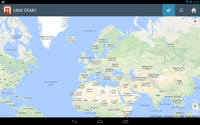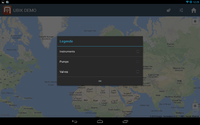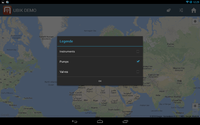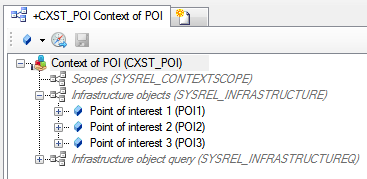Difference between revisions of "HowTo:Declare an Object as Map Layer"
| Line 9: | Line 9: | ||
:*Individual objects can be added directly to the [[SYSREL INFRASTRUCTURE|Infrastructure relation]] in the ACM using the [[Relation Editor#Drag & Drop|Relation Editor]].<br/>[[File:UI POI 01.PNG|220pxborder||alt=Infrastructure Objects|Infrastructure Objects]] | :*Individual objects can be added directly to the [[SYSREL INFRASTRUCTURE|Infrastructure relation]] in the ACM using the [[Relation Editor#Drag & Drop|Relation Editor]].<br/>[[File:UI POI 01.PNG|220pxborder||alt=Infrastructure Objects|Infrastructure Objects]] | ||
:*To add multiple objects of the same type, a query has to be created and added to the [[SYSREL INFRASTRUCTUREQ|Infrastructure query relation]] in the ACM.<br/>[[File:UI POI 02.PNG|220px|border|alt=Infrastructure Object Query|Infrastructure Object Query]] | :*To add multiple objects of the same type, a query has to be created and added to the [[SYSREL INFRASTRUCTUREQ|Infrastructure query relation]] in the ACM.<br/>[[File:UI POI 02.PNG|220px|border|alt=Infrastructure Object Query|Infrastructure Object Query]] | ||
| − | |||
| − | |||
== See also == | == See also == | ||
Revision as of 08:48, 16 December 2013
To make objects appear as Map Layers on the map they must be configured as follows:
- Set the SYSCLS MAPLAYER classification on the MetaClass of the object using the Class Details control

- The object needs to be added to the list of infrastructure object of the according Application, there are two different ways to achieve that:
- Individual objects can be added directly to the Infrastructure relation in the ACM using the Relation Editor.
- To add multiple objects of the same type, a query has to be created and added to the Infrastructure query relation in the ACM.
- Individual objects can be added directly to the Infrastructure relation in the ACM using the Relation Editor.





